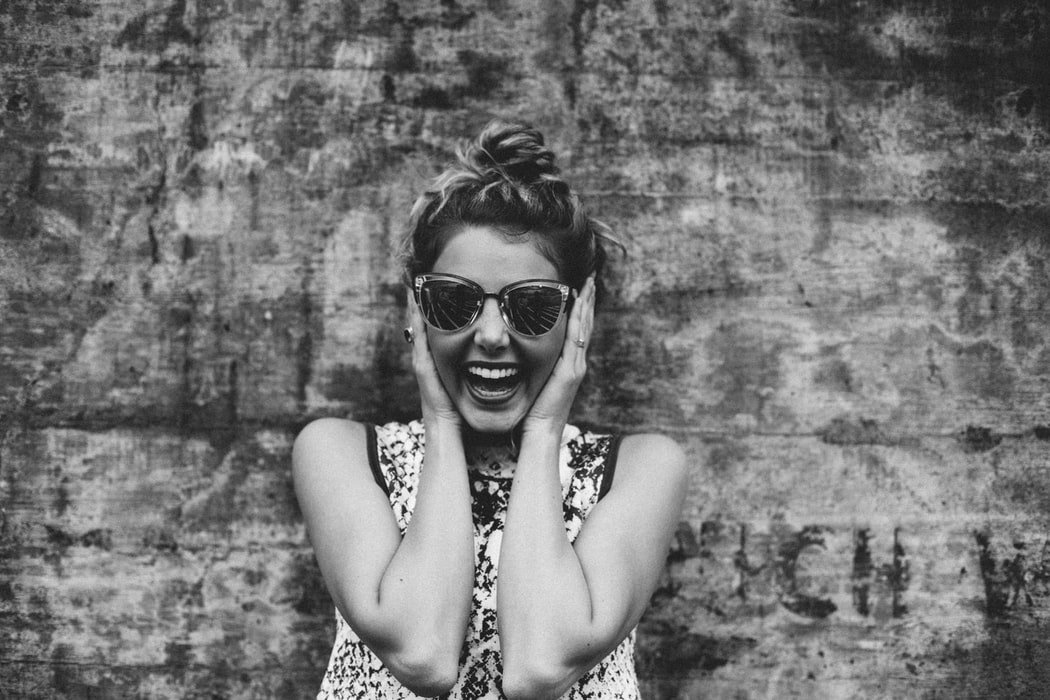What happened to the laugh track?
I saw a really interesting video online the other day that got me thinking about humour. It was a clip of The Big Bang Theory, but the laugh track was completely edited out. It’s a weird watch, and it makes the whole experience incredibly creepy. But it got me thinking about the laugh track – you rarely ever see one nowadays, yet it used to be everywhere. Was there value to the laugh track and, if so, why did it fall out of fashion?
To understand what happened to the laugh track, we first need to look at where it came from. There are some arguments that the laugh track emerged before radio and TV, because any performance was witnessed live with other people – surrounded by an audience, audience reaction was necessarily a key part of the experience. When radio began broadcasting into people’s homes, producers attempted to recreate this experience with tracks, some of which included different audience reactions (laughing, crying or gasping).
The emergence of the laugh track is most commonly assigned to sound engineer Charley Douglass. In early TV shows, there was only one camera, and so everything needed to be recorded multiple times to capture different angles. Each take resulted in different laughter patterns. He captured laughs from each of the takes, and was able to ‘correct’ the laughter, amping up or tamping down the recordings to achieve whatever effect he wanted.
At this point, it was still based on real laughter, but Douglass was working on a machine that was full of taped laughs. It made its debut in 1950 on The Hank McCune Show, and gradually became more refined throughout the 60s. As costs increased, some TV shows did away with a live studio audience – it was cheaper, and guaranteeing laughter made the jokes seem much funnier. A 1965 experiment proved that they worked – the pilot for Hogan’s Heroes was debuted in some locations with a laugh track, without in others, and was much better rated in the former.
Don’t look at the laugh track as inferior or insulting
Douglass had a monopoly on the laugh track, and charged highly to rent it out. He built a machine, the ‘laff box’, which was played like an organ. It had keyboard keys denoting the age, gender and style of the laugh, and a foot pedal to regulate the length. Douglass would cart the box around Hollywood for over a decade, and would regularly change the types of laughs to keep the humour sounding fresh. According to his 1993 obituary, he was an artist of laughter.
In the late 80s and into the present, many shows began turning away from the laugh track. There was a sense among TV producers that laugh tracks were crass, and insulting to the viewer. We also saw a number of comedy shows that didn’t make sense to feature one – no-one believed that a live studio audience was watching an animated show like The Flintstones. As comedy grew more sophisticated, producers resisted the executive demands to include a laugh track – it was the initial intention to feature one throughout the entirety of M*A*S*H. And it would have been out of place in the cringe comedy of The Office.
This is not to say that it disappeared entirely. Shows like Cheers, Blackadder, Frasier and Mr Bean still featured the laugh track, and it has enjoyed a modern-day renaissance in the hugely-popular Two and a Half Men and The Big Bang Theory. The internet videos with the laughter edited out are interesting, but they also miss the point – it’s a different form of comedy. A show like Curb Your Enthusiasm doesn’t use a laugh track, and would be hugely structurally different if it did. Don’t look at the laugh track as inferior or insulting – instead, view it as an alternative shape of humour, and appreciate it for that. We may not need it as much now, but that doesn’t mean it has no value.

Comments